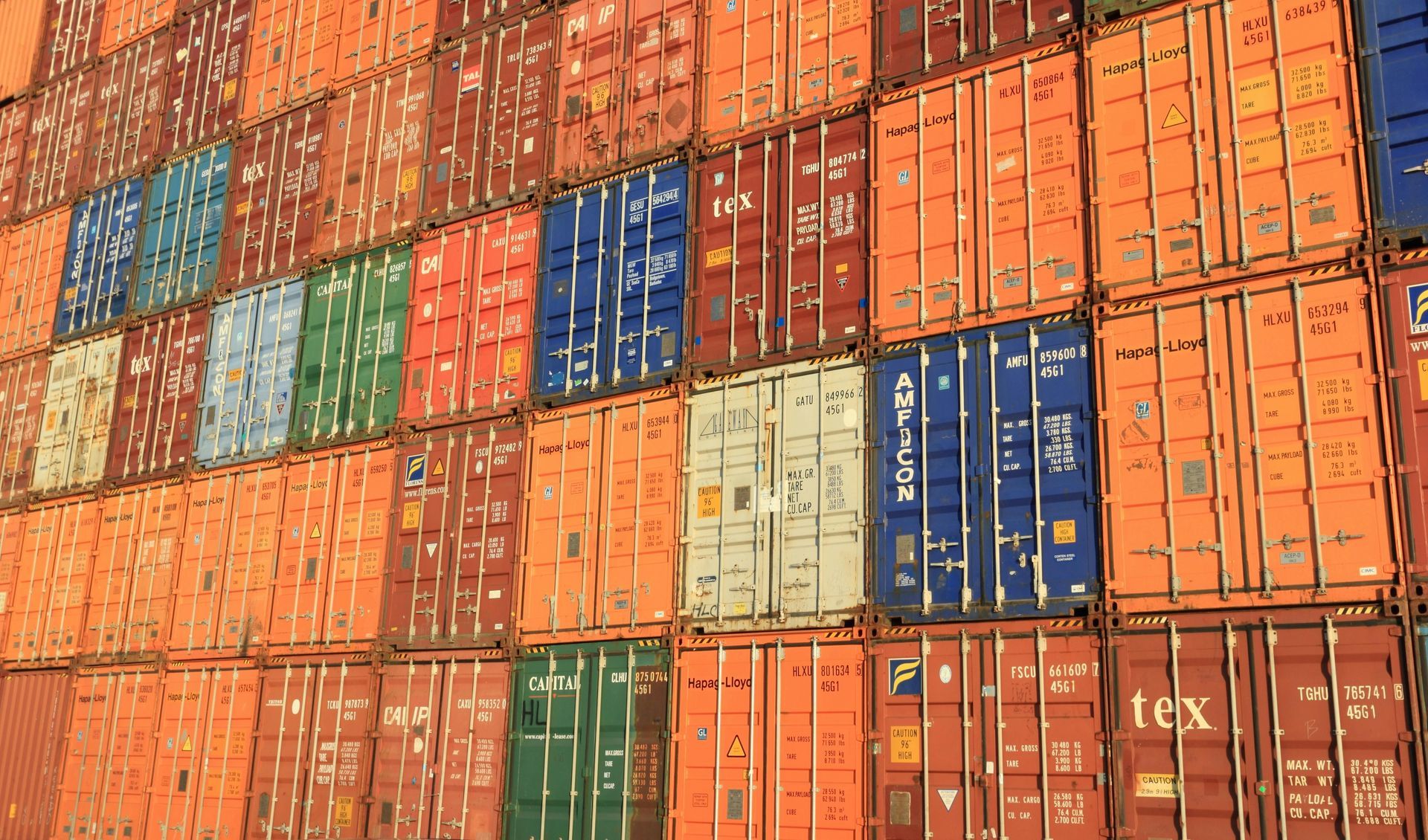Unlock Potential with a Scalable Team
Scaling a business is about more than growth—it’s about building the right kind of team.
A scalable team doesn’t just keep pace with your ambitions; it accelerates them. Here's how to make it happen:
1. Start with a Clear Plan
Growth without direction is chaos. Before you expand your team, define the exact needs of your business.
- What’s holding you back from scaling?
- Where do you need the most support?
- What skills or expertise are essential to take you to the next level?
Clarity upfront saves time, money, and energy later.
2. Design for Collaboration
Your team structure should encourage efficiency and creativity. Whether it’s a flat structure for agility or a defined hierarchy for accountability, the goal is to break down silos and foster collaboration.
- Cross-functional teams work best when tackling big-picture challenges.
- Ensure every role aligns with your growth strategy and goals.
A great structure isn’t rigid—it evolves with your business.
3. Hire for Growth, Not Just Now
Scaling isn’t just about filling seats. It’s about bringing in people who will grow with your business. Look for team members who:
- Share your vision and values.
- Are adaptable and ready to tackle new challenges.
- Bring complementary skills to your existing team.
Don’t forget: Outsourcing non-core functions can free up your core team to focus on strategic growth.
4. Culture is the Backbone
Culture isn’t just about happy hours and team-building days. It’s about shared purpose, trust, and accountability.
- Make sure your values are more than words on a wall—live them daily.
- Foster an environment where feedback flows openly and respectfully.
- Encourage innovation and risk-taking.
A strong culture keeps teams aligned and motivated, even during the toughest scaling challenges.
5. Equip Your Team with the Right Tools
Scaling means complexity—but the right tools can keep things simple. Automation and efficient workflows free up your team to focus on impact.
- Project management platforms streamline collaboration.
- CRM systems ensure your customer experience doesn’t falter.
- Automation tools handle repetitive tasks, saving time and energy.
The tools you choose should amplify your team’s strengths, not overwhelm them.
6. Empower Leadership at Every Level
Scaling isn’t about control—it’s about trust. Empower your team to make decisions and lead initiatives.
- Promote from within to show your commitment to growth.
- Offer leadership development programs to groom future leaders.
- Let go of micromanaging—give your people room to shine.
A business grows fastest when leadership is distributed across the organization.
7. Invest in Learning and Development
Your team is your greatest asset. Give them the tools and training to stay ahead of the curve.
- Keep skills sharp with ongoing professional development.
- Offer opportunities to attend workshops and industry events.
- Encourage curiosity—continuous learning should be part of your culture.
Growth isn’t just for your business—it’s for your team, too.
8. Stay Agile
Growth rarely goes according to plan. The best teams adapt quickly and thrive in uncertainty.
- Cross-train employees to ensure flexibility.
- Regularly revisit roles and processes to eliminate inefficiencies.
- Encourage a mindset of resilience and openness to change.
The ability to pivot is often the difference between scaling successfully and stalling.
9. Measure What Matters
Data-driven decisions are essential for scaling. Regularly assess your team’s performance and optimize where needed.
- Track productivity, engagement, and retention.
- Align KPIs with business goals to ensure focus.
- Use customer feedback to refine your processes.
Scaling isn’t just about growth—it’s about growing smarter.
The Takeaway
Building a scalable team is about more than numbers—it’s about aligning people, processes, and culture with your vision. Hire with purpose, invest in your people, and create a culture that thrives on collaboration and innovation. The right team isn’t just part of your growth strategy—it is your growth strategy.
#ScalableTeams #GrowthMindset #BuildingForTheFuture #CreativaInsights



